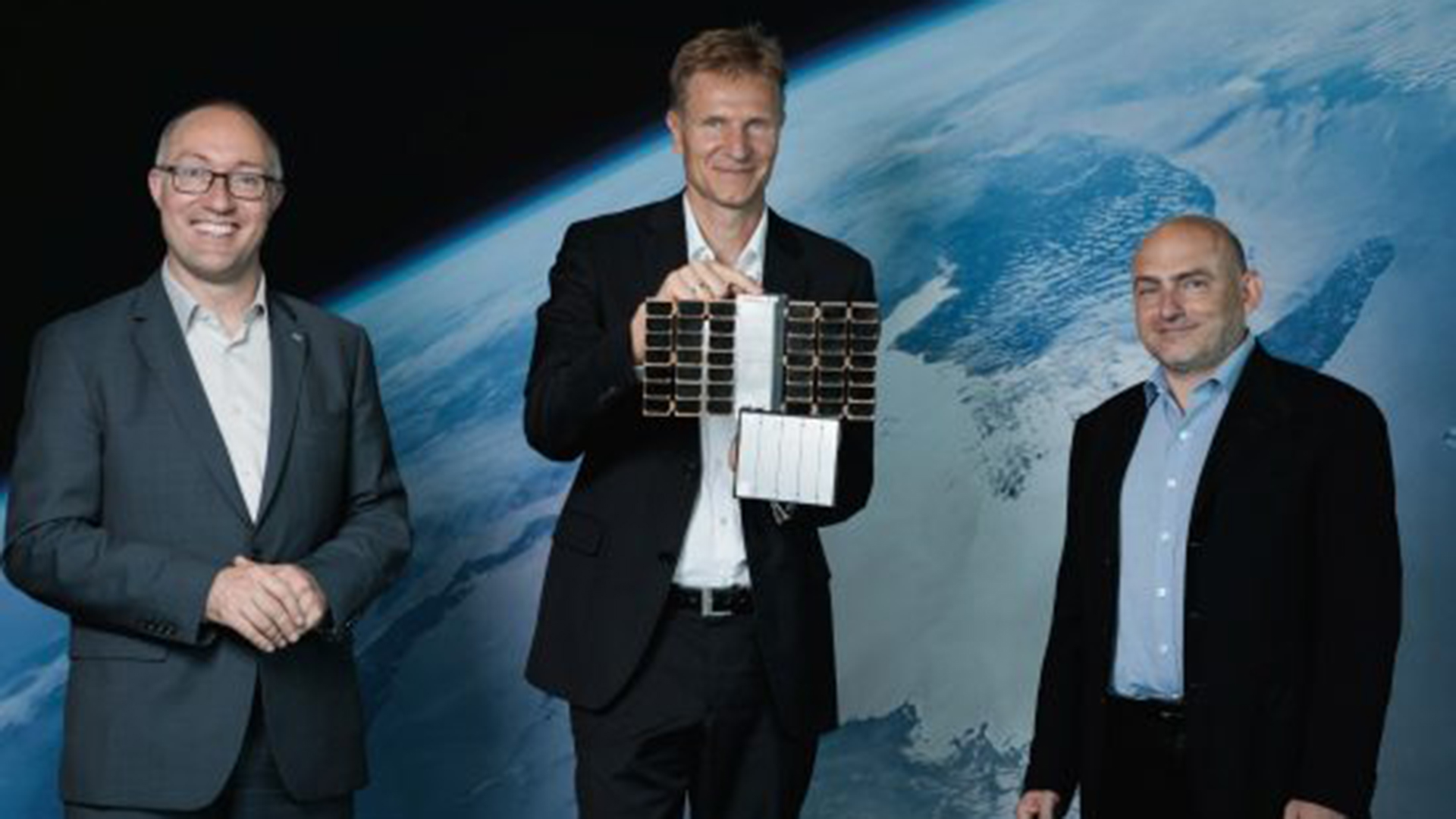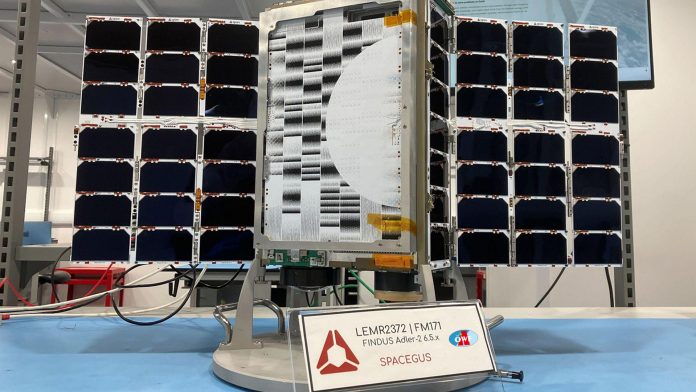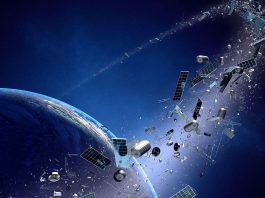The Austrian Space Forum (OeWF) has launched its groundbreaking space debris tracking satellite – ADLER-2 – on board SpaceX’s Transporter-7 mission.
ADLER-2 was launched with several other small satellites onboard Transporter-7, a Falcon 9 rideshare flight into sun-synchronous orbit.
The innovative space debris tracking satellite will significantly enhance space junk monitoring capabilities in low Earth orbit (LEO), in addition to improving atmospheric sensing capabilities to study clouds and aerosols in the atmosphere.
ADLER-2 is the culmination of a collaborative project between the OeWF, Findus Venture GmbH, GRASP SAS European, and Tilebox and is built and operated by SPIRE Space Services.
Vitali Braun of ESA’s Space Debris Office believes the project will be vital to understanding the space debris environment. He said: “The small particle sizes ADLER-2 is measuring are beyond what can be detected with ground-based methods, and so far, in-space measurements are sparse at best.
“Although we have complex models to describe the debris environment – supported by radar and optical detectors in terrestrial observatories – there is a weak spot in our data when it comes to the plethora of small-sized particles. Data from ADLER-2 can start to narrow that gap and provide near-real-time data of space debris-related events in its orbit.”
The urgent need to combat space junk
The groundbreaking space debris tracking technology will be essential for safeguarding critical infrastructure in LEO.
Decades of activity in space have polluted Earth’s orbit with space junk, and as these galactic missions continue to increase, so does the likelihood of a collision.
Advanced scientific models estimate more than 170 million pieces of space debris in our planet’s orbit larger than 1mm. This space junk all have impact energies similar to the speed of a bullet.
Dr Gernot Grömer, the Director of OeWF, explained: “Space debris, and the increased risk of collisions between objects, is something we need to manage carefully, and as a first step, we need to improve our understanding of what is happening and when.
“ADLER-2 is expected to help increase the debris detection rate by 80% thanks to the use of a debris detection radar with a larger antenna and increased detection range, and also to double the number of observations logged.
“The real-time logging of data can then be compared to the ESA and NASA simulations, thus providing us with a valued reality check but mapping space debris and finding safe orbits is only part of the story, and it is just as important to avoid future space debris as much as possible to provide future generations with safe access to space.”

from left: Gernot Groemer (OeWF), Christian Federspiel (Findus Venture Gmbh), Peter Platzer (CEO Spire Global) Credit: OeWF
What technology is onboard ADLER-2?
ADLER-2 is double the size of its predecessor, ADLER-1, which was launched in January last year. The CubeSat is carrying three payloads boasting a range of cutting-edge technologies.
These include a radar device, the APID (Austrian Particle Impact Detector) ‘space microphone’, and an optical sensor array developed by AirPhoton that will expertly monitor Earth’s atmosphere aerosols.
Additionally, it contains the GAPMAP (GRASP-Airphoton Multi-Angle Polarimeter) sensor, the first instrument of its kind in space. It will help examine air pollution by detecting from orbit composition and aerosol concentrations in Earth’s atmosphere.
GAPMAP will highlight the potential for Earth-viewing images of multiple wavelengths, angles, and polarisation states to characterise particulate pollution anywhere on the planet – capabilities only a number of large satellites can achieve.
In preparation for the missions, the APID space microphone has been advanced by increasing its size six-fold and utilising advanced materials, including a piezoceramic plate with greater temperature resistance.
Data acquired from the radar and space microphone will be analysed by the OeWF to enrich our understanding of space debris.
Grömer concluded: “Our APID instrument, comparable to a microphone in terms of its functionality, is a highly sensitive foldable sensor array that registers impacts and forwards the signal to an onboard computer.
“The sixfold increase in size means that when the panel is fully deployed, it will have a span of 2m and will therefore register many more impacts than ADLER-1. More impacts mean more data and thus an even more precise picture regarding space debris in Earth orbit.”









